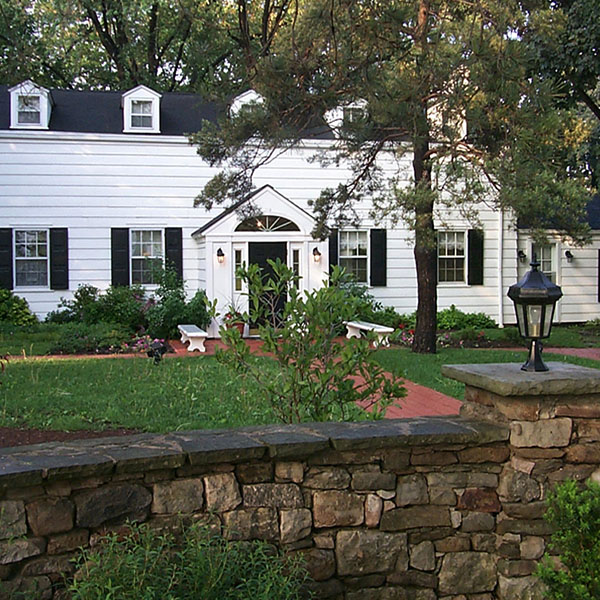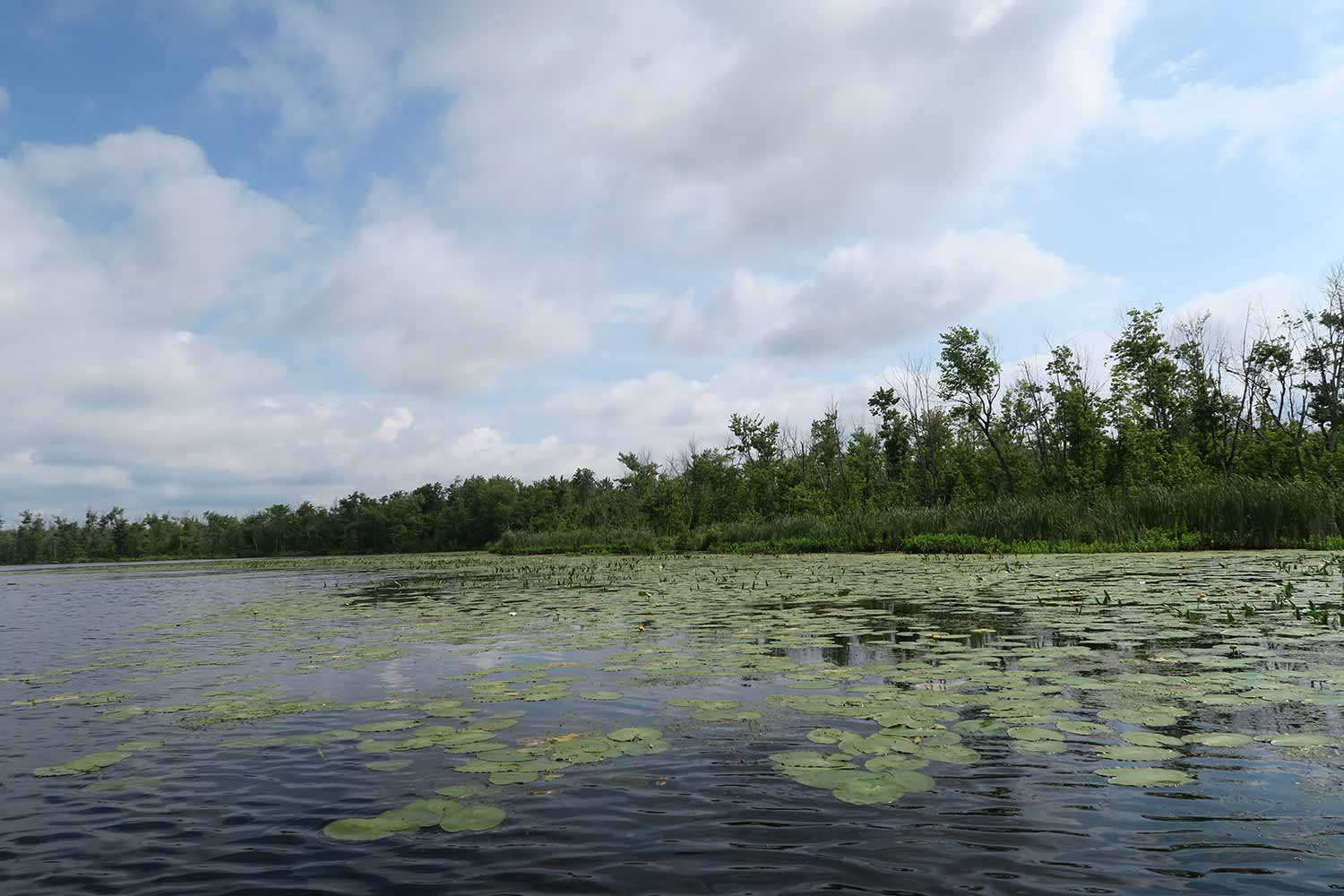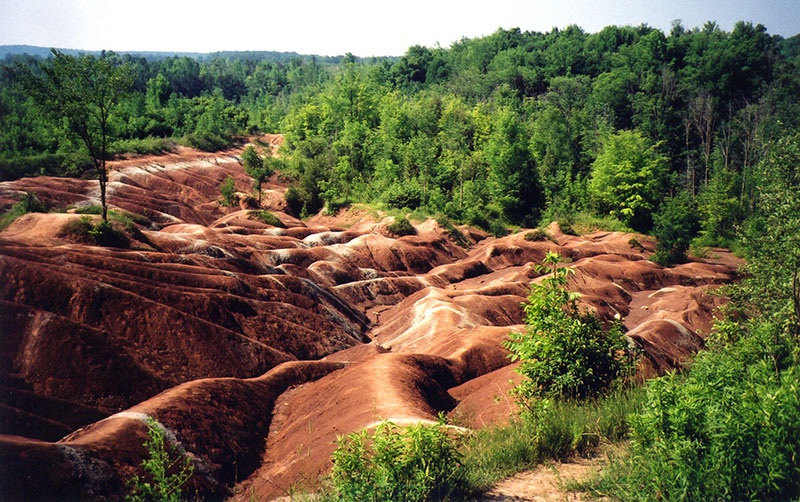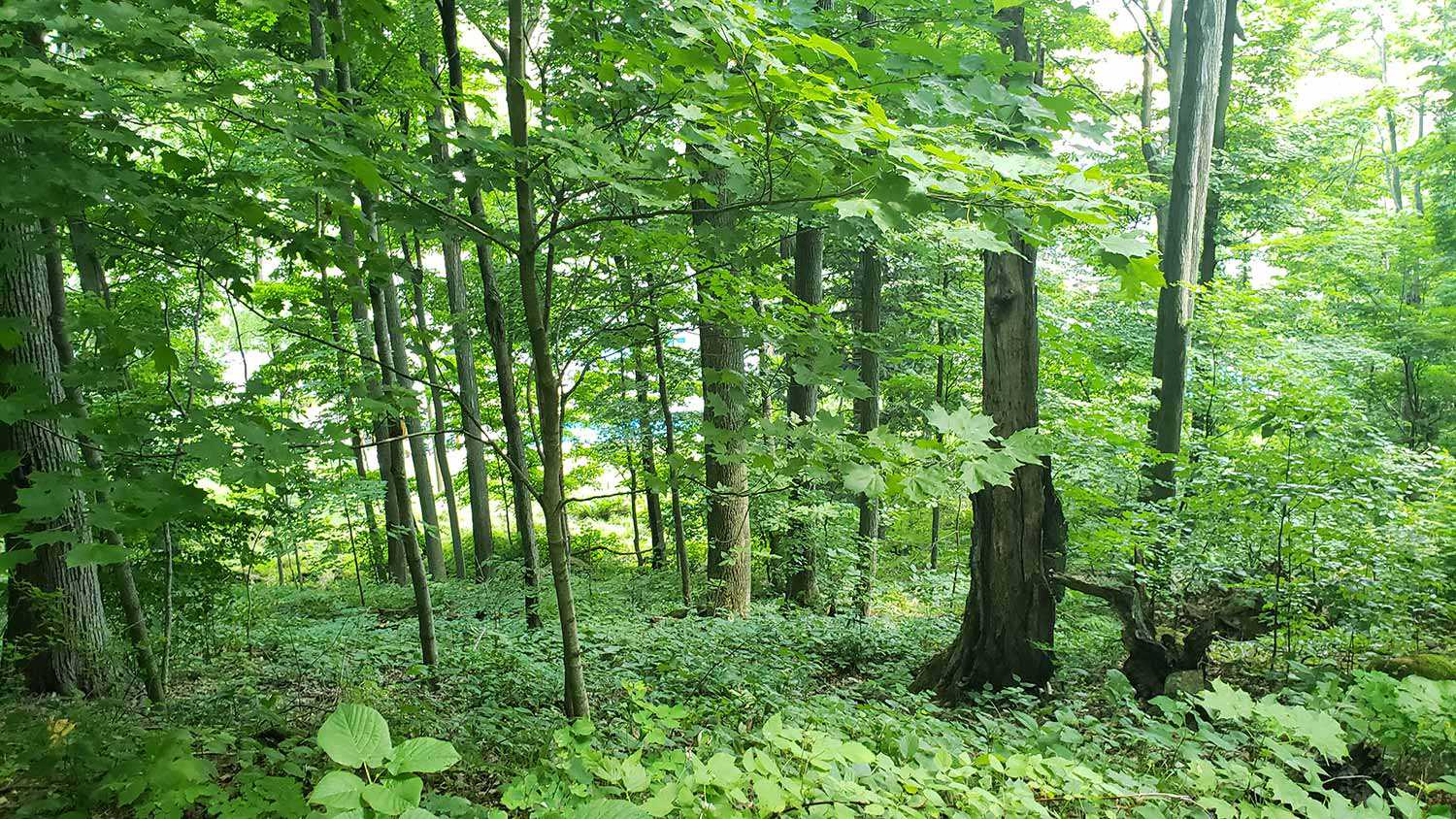Menu
Clarke Property
The Clarke property is located on the northern Bruce Peninsula and features spectacular views of the Lake Huron shoreline with numerous bays, low headlands, shoals and small islands. This 40-hectare (99-acre) property features globally rare alvar habitats, which are open habitats with thin or absent soil cover over calcareous bedrock (limestone or dolostone). Although alvar habitats can endure extreme climactic conditions (such as flooding, drought and variable temperatures), they are still among the most species-rich ecosystems in the world.
Public access
There are no trails or facilities on the Clarke property because it is managed as a nature reserve. Public access is prohibited at this time due to the delicate nature of the alvar habitat.
The Clarke property hosts the alvar pavement habitat type, which occurs on exposed bedrock that has less than 2 centimetres (1 inch) of soil. Although vegetation is patchy, bushes, mosses and lichens dominate the property. Numerous ponds, rich fens and other wetland communities contribute to the unique heritage value of the Clarke property.
The Clarke property was generously donated to the Ontario Heritage Trust by Dr. William Clarke and Margaret Clarke in 1984.
Heritage value
The Clarke property is recognized as part of the provincially significant Cape Hurd-Baptist Harbour Life Science Area of Natural and Scientific Interest (ANSI). This ANSI supports high ecological diversity with 35 ecotypes, seven of which are globally and provincially rare alvar vegetation community types. Several provincially rare species such as the dwarf lake iris, ram’s head lady slipper, northern dropseed, eastern Massasauga rattlesnake and Queen snake have been observed on this property. It also falls within important winter deer ranges, contains suitable habitat for migratory land and water birds, and serves as a corridor for the movement of small fish species, invertebrates, semi-aquatic mammals, reptiles and amphibians.
Photo gallery
-
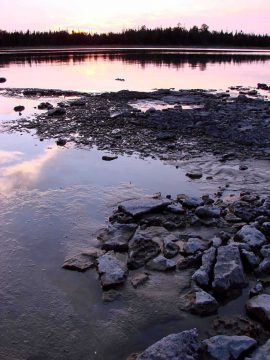
Clarke Property shoreline -
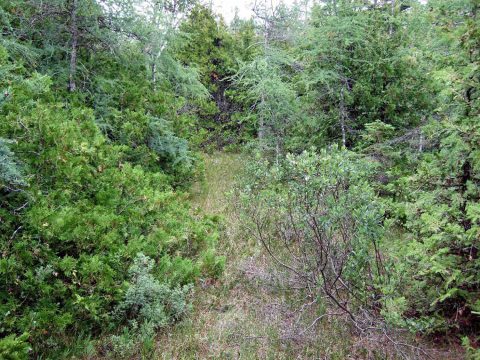
Clarke Property -
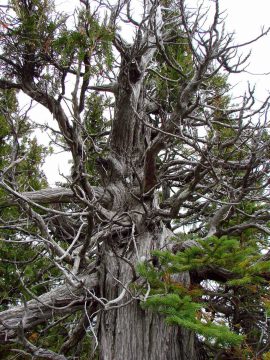
Ancient white cedar on the Clarke Property -
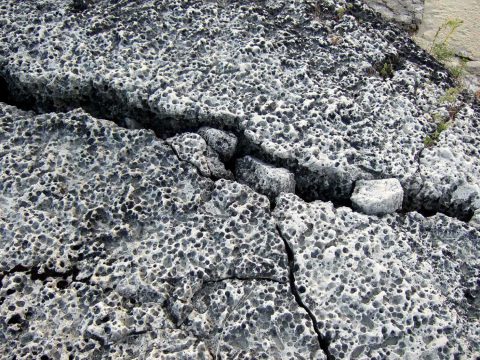
Dolostone shores on the Clarke Property -
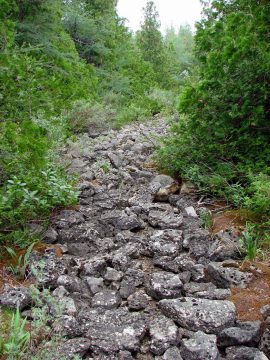
Dry streambed on the Clarke Property -
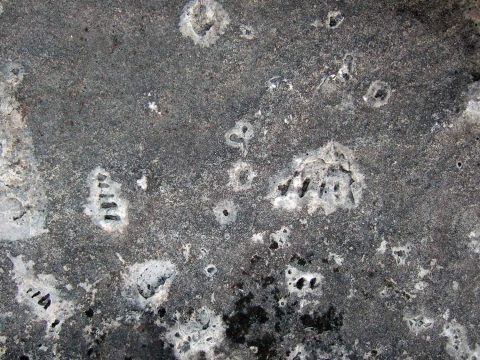
Fossils found on the shores of the Clarke Property -
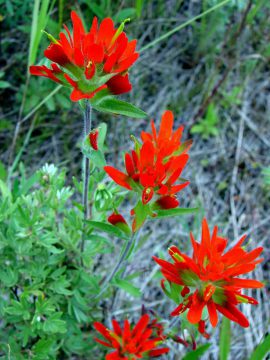
Indian paintbrush grows wild on the Clarke Property -
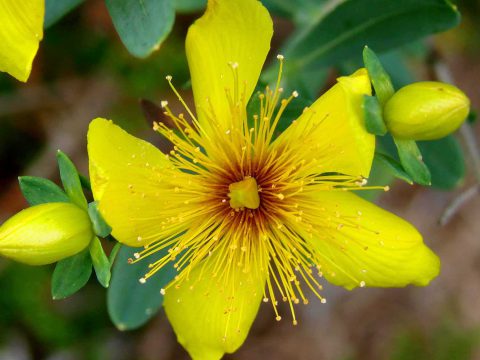
Vibrant yellow flowers from St. John's wort can also be found on the Clarke Property -
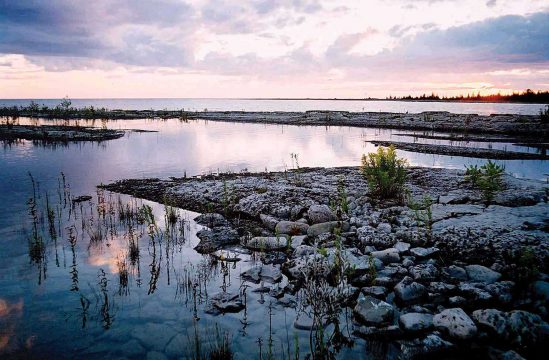
The shores of the Clarke Property at sunset -
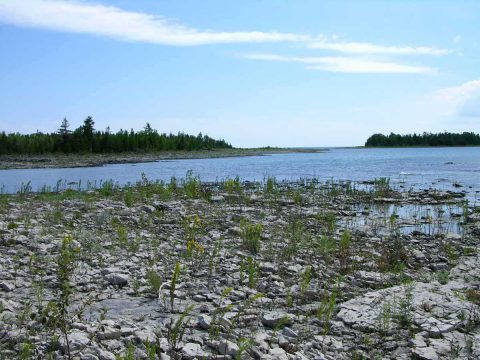
Rugged shoreline of the Clarke Property


